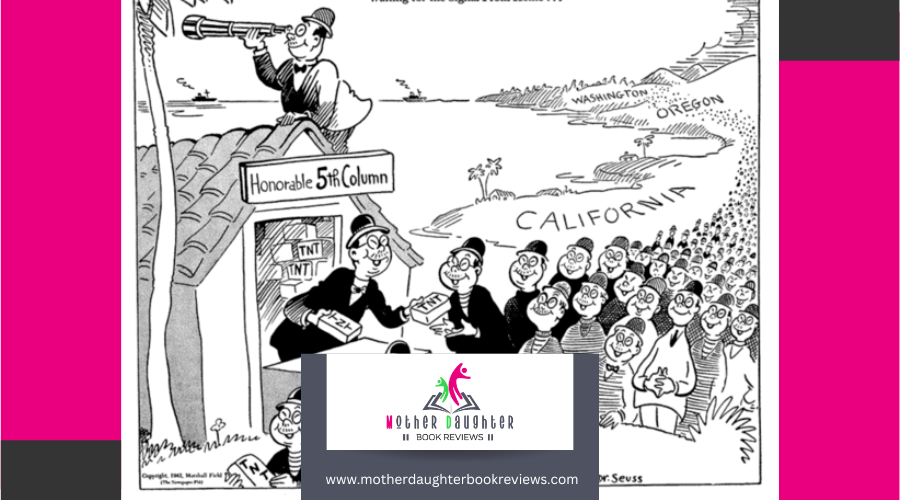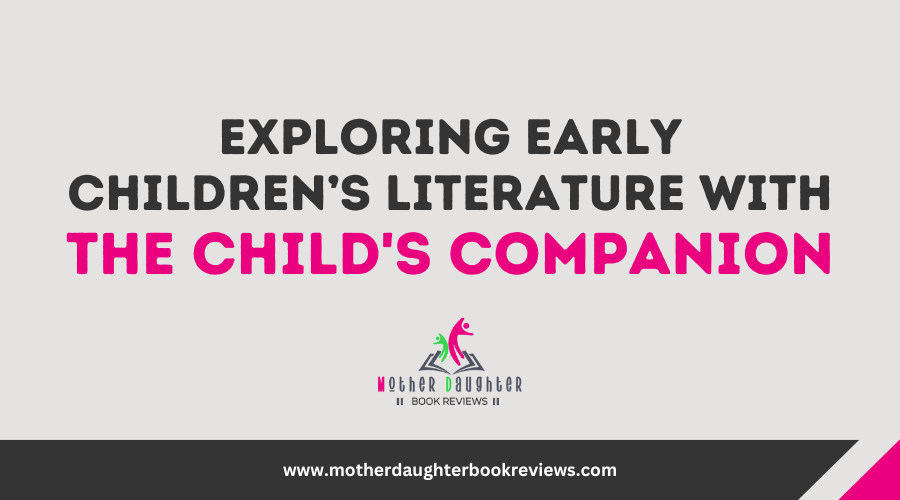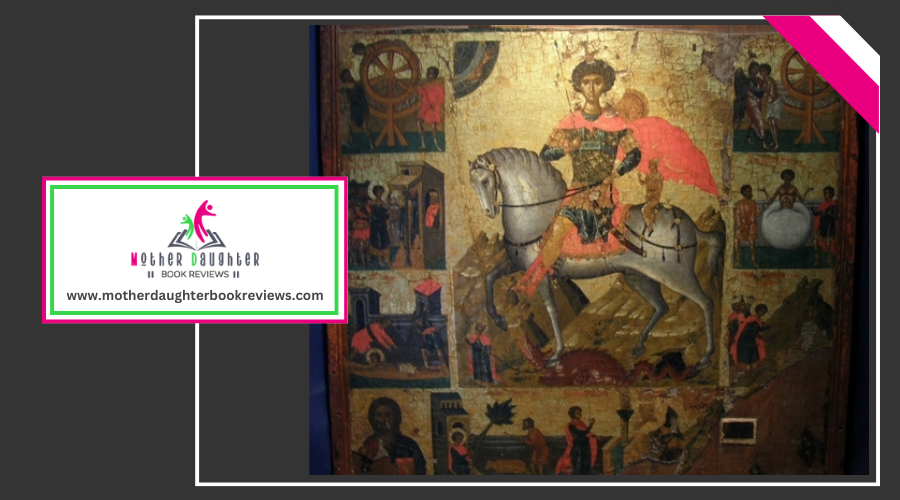A Look at 21st Century Children's Literature
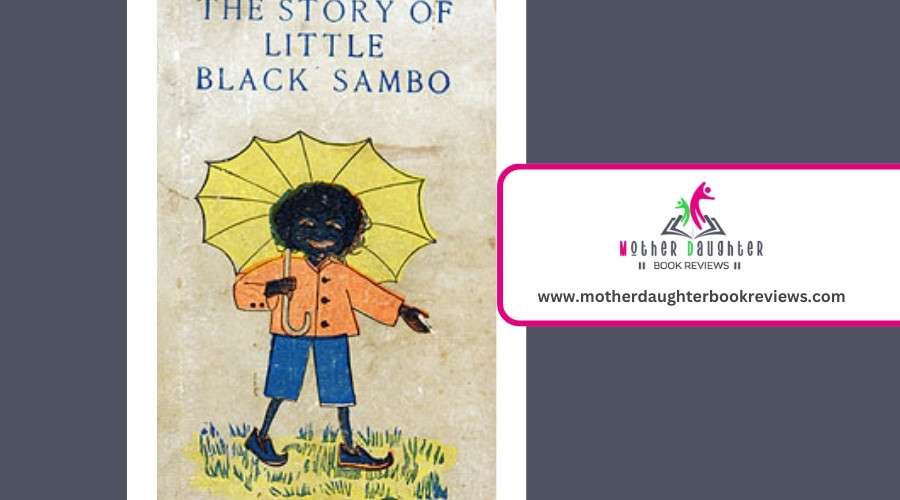
In the 21st century, children's literature has welcomed diversity and inclusivity, bringing lively characters from diverse cultures, races, and family structures into the spotlight. Stories feature creative storytelling techniques like non-linear plots and multiple perspectives. The integration of technology, such as digital storytelling and augmented reality, makes these narratives more engaging and interactive.
Diverse Characters
In recent years, children's literature has seen a significant plunge towards including diverse characters, reflecting the distinct backgrounds and experiences of its readers. Books now feature protagonists from different cultures, races, and family structures, enriching the stories with authentic cultural representation. This shift isn't just a trend; it's a crucial aspect of creating relatable and impactful narratives for young readers.
As you investigate these books, you'll notice that character development has become more nuanced and thoughtful. Authors are crafting characters who not only represent different cultures but also possess depth and complexity. These characters face challenges, grow, and learn in ways that are deeply tied to their cultural identities, making their odysseys more resonant and meaningful.
Inclusive Themes
View this post on Instagram
As we plunge into the sphere of modern illustrations in children's literature, you'll quickly notice how today's artists are redefining visual storytelling. The past is behind us with simple hand-drawn images; now, digital artistry takes center stage. This shift has opened up a world of lively, intricate designs that capture young readers' attention and imagination like never before. Digital tools allow illustrators to experiment with color, texture, and depth in ways that traditional methods couldn't achieve. These advancements have resulted in visually stunning books that can transport children to fantastical domains with just a turn of a page. Additionally, digital artistry makes it easier for artists to update and modify their work, ensuring that illustrations remain fresh and relevant. Interactive elements are also changing the landscape of children's books. Many modern titles incorporate augmented reality features, where illustrations come to life through a smartphone or tablet app. These interactive elements not only improve the reading experience but also engage young readers in a multi-sensory adventure. By combining cutting-edge digital artistry with interactive elements, today's children's literature offers a dynamic, engaging experience that captivates and educates young minds. When you open a modern children's book, it's clear that educational value isn't just an afterthought—it's a primary focus. Nowadays, stories are crafted to teach kids more than just reading skills. They often explore cultural significance, helping young readers understand and appreciate differing traditions and perspectives. By including characters from distinct backgrounds and settings, these books broaden kids' horizons, fostering empathy and global awareness. You'll also find that moral lessons are seamlessly woven into the narrative. Regardless if it's a tale about honesty, kindness, or perseverance, today's children's literature aims to instill these values naturally. Instead of preaching, the stories show the consequences of actions and the rewards of virtuous behavior, making the lessons more relatable and impactful for young minds. Moreover, the educational value extends to critical thinking and problem-solving skills. Engaging plots and complex characters encourage kids to think deeply about the situations presented, enhancing their cognitive development. So, when you hand a child a 21st-century book, you're not just giving them entertainment. You're also providing a tool for their intellectual and emotional growth, enriched with cultural significance and crucial moral lessons. In the current technological age, children's literature has adopted technological integration to improve the reading experience. You're no longer confined to just printed books; the online realm has expanded your options. Digital storytelling allows you to experience stories in a multi-sensory way. With animated characters, sound effects, and interactive elements, these stories come alive, making reading more engaging and fun. Interactive platforms have transformed how children interact with literature. You can now choose your own adventure, influence the plot, and even solve puzzles that are part of the storyline. These platforms often include touch-screen capabilities, which let you physically engage with the story, enhancing comprehension and retention. E-books are another facet of this integration. With features like adjustable text size and read-aloud functions, they cater to a variety of learning needs and preferences. You can access a vast library of books anytime, anywhere, making reading more accessible than ever before. The shift towards technological integration in children's literature deeply impacts young readers. When you hand a child an interactive e-book or an educational app, you're not just giving them a story; you're providing a multi-sensory experience. These digital formats can improve emotional development by allowing children to connect with characters in more dynamic ways. They can see, hear, and even touch elements of the story, making the emotional experience more vivid and engaging. Moreover, these technological tools can greatly increase critical thinking skills. Interactive features often require kids to make choices, solve problems, and think ahead. This kind of engagement can sharpen their decision-making abilities and foster a deeper understanding of the narrative. For example, a digital story might ask the reader to choose how a character reacts to a situation, encouraging them to think critically about cause and effect. 21st-century children's literature has evolved into a dynamic and inclusive landscape that blends diversity, innovative storytelling, and technological integration. With stories that celebrate diverse characters and inclusive themes, young readers can see themselves and others in the pages they turn. Modern illustrations and interactive elements make reading an engaging, multi-sensory experience, while educational value remains a core focus.Innovative Storytelling
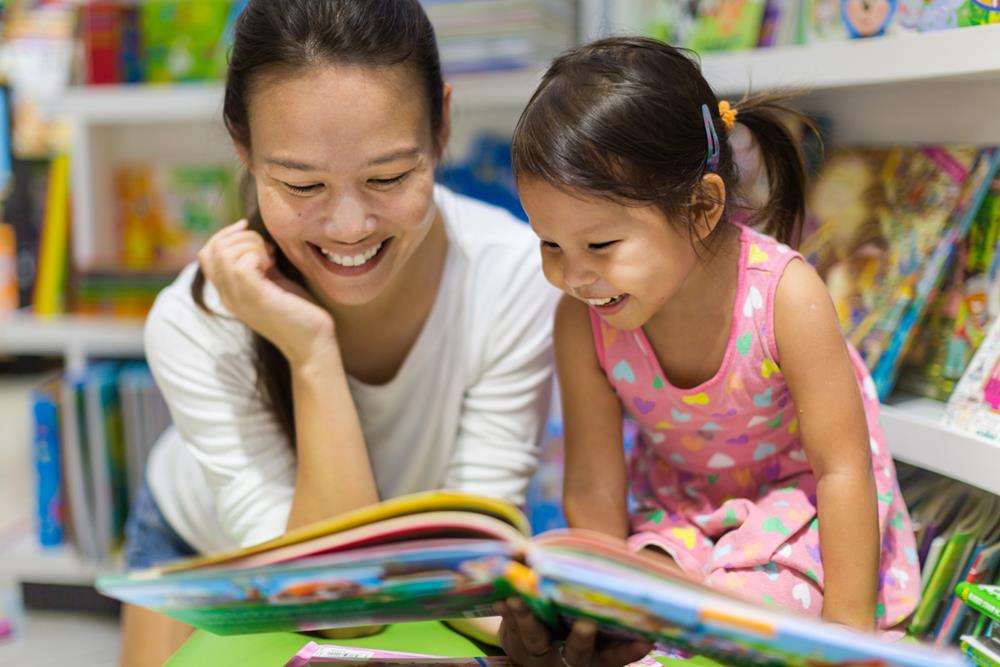
Modern Illustrations
Educational Value
Technological Integration
Impact on Young Readers
Conclusion

